Buying Guide for Toilet Seats
If you're stuck with the wrong toilet seat, it can be a pain in the backside — literally. But it's 2019, and you don't need to suffer anymore. There are several incredible options to choose from. If you're in the market for a new toilet or upgrading your old one, you can refer to this handy guide which gives you all the information you need to make an informed choice.
What Are the Different Types of Toilet Seats?
Rounded Seats
Rounded seats are circular. They are perfect for homes where space is a concern because of their compact nature.
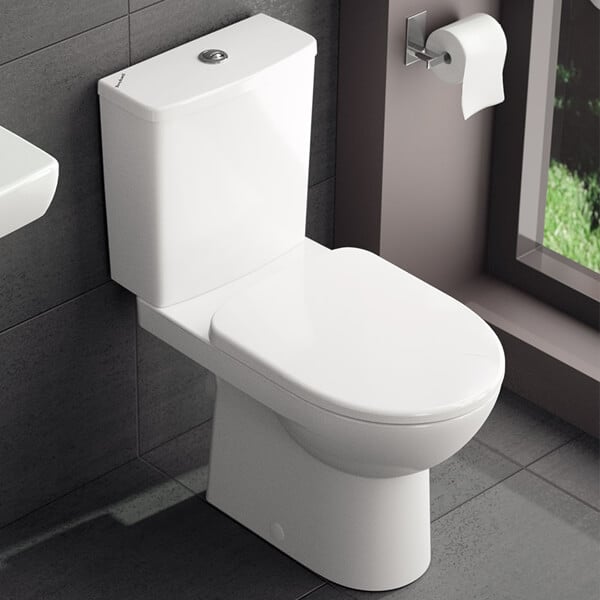
Elongated Seats
These are oval and larger as compared to rounded toilet seats. Taller people and those with bigger frames might find these seats more comfortable.
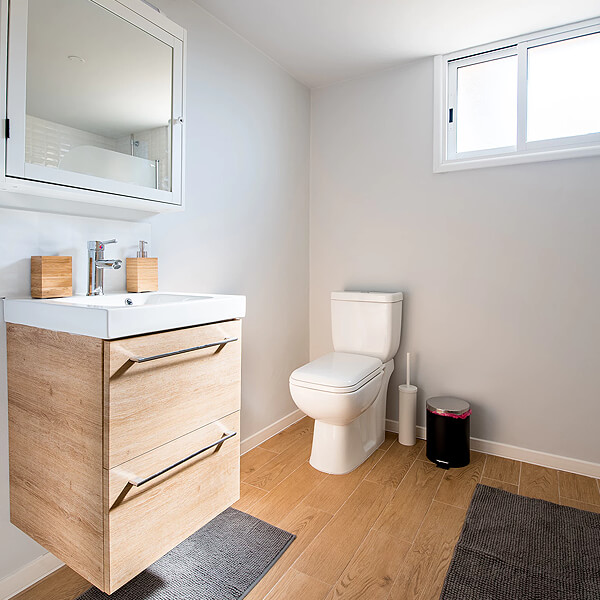
Open-Front Seats
These are toilets seats that are shaped like horseshoes. They are commonly used in public spaces. The gap in the front area was designed for hygiene reasons and also makes it easier for women to clean from the front.
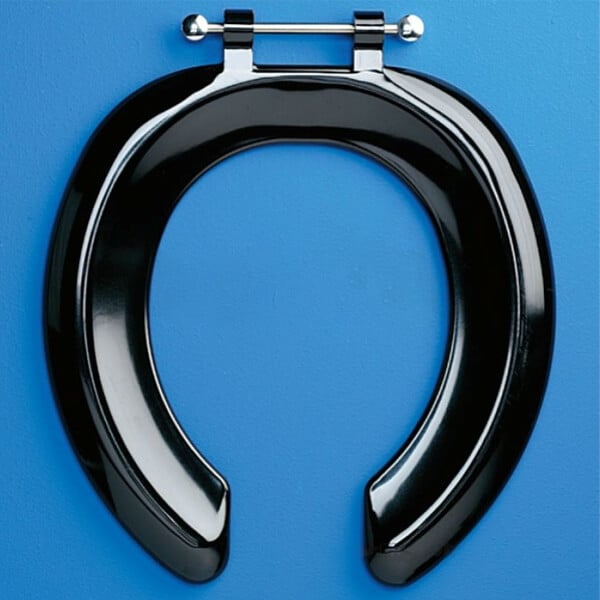
Raised Seats
These seats are higher than the conventional ones and make it much easier for people with physical difficulties to use the toilet as they may not need to squat as much. It also eases the process for senior citizens.
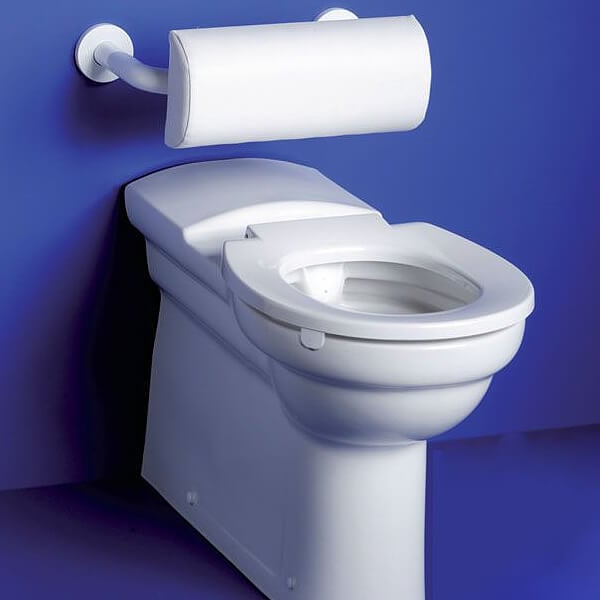
Heated Seats
Your bathroom visits can be more enjoyable when you have a mechanism that keeps the toilet seat warm and cozy. Just make sure you don't fall asleep!
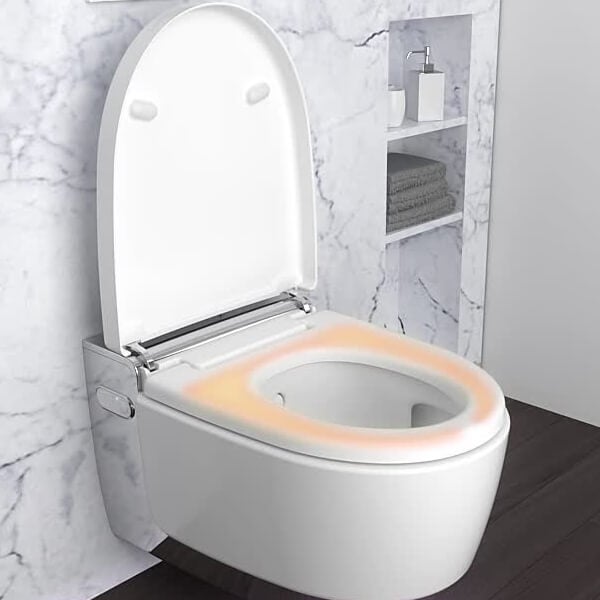
Padded Seats
Many companies now offer cushioned seats if you prefer a more luxurious experience. People are divided on their opinion about these seats because they can sometimes be a nightmare to clean.
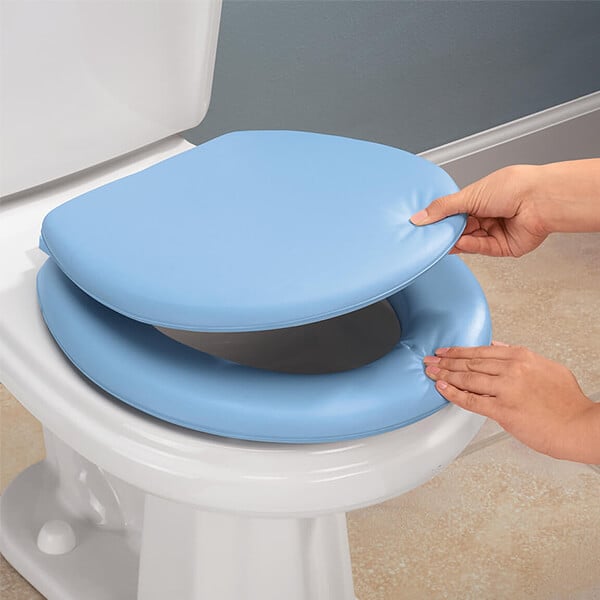
Soft Close Seats
These seats close very gently and don't slam onto the bowl-like regular toilet seats. All you need to do is push the seat down lightly, and the mechanism will work its magic.
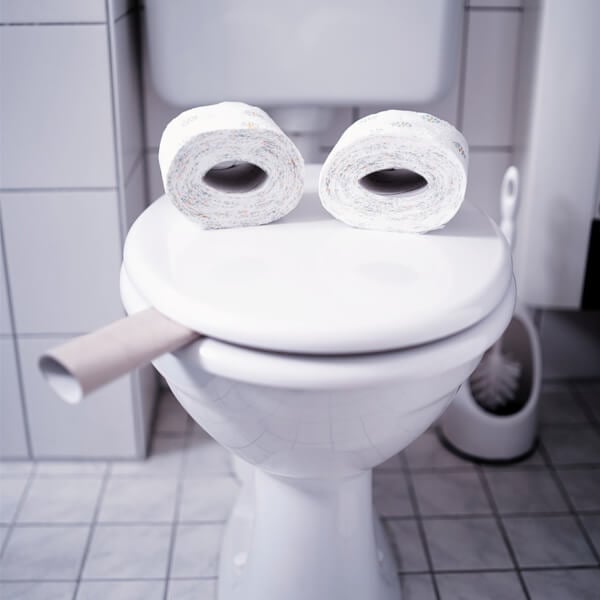
All the seats listed above can be made from different materials, namely:
- Polypropylene: This material is unbreakable and most widely used.
- Thermoset: This is a premium material and can sometimes pass for ceramic. It is of much higher quality than polypropylene.
- Wood: Wood from mahogany, pine and oak trees is used to make these seats. They are typically more expensive and can be finished in multiple colours to suit your decor needs.
How Do Soft Close Toilet Seats Work?
The mechanism behind these seats is quite interesting. Instead of regular hinges, the toilet seat is attached to self-closing hinges which guide it to a close. They are also known as spring hinges. The power of these hinges can be adjusted, and in toilet seats, it is usually quite low.
A light downward tap to the seat will cause it to close slowly and smoothly, thus avoiding any excessive noise. This works well for people who need to use the toilet several times a night. They can relieve themselves without worrying about waking up everyone in the house.
Soft-close seats are also great for houses where children are just getting into the habit of using the toilet like adults. With a regular seat, they risk getting their fingers jammed in case it shuts too quickly.
How Do Heated Toilet Seats Work?
The heated seat is a wonderful innovation that is slowly gaining popularity. Many people associate Japan with fancy, hi-tech toilets but the first electrically heated toilet was created in the United Kingdom by Cyril Reginald Clayton.
These seats have a cord which should be plugged into a GFCI protected outlet. GFCI is a mechanism that turns off the power when there is any discrepancy in the electrical current. This is especially helpful in areas like bathrooms where there is so much water, and the chances of getting an electrical shock are high.
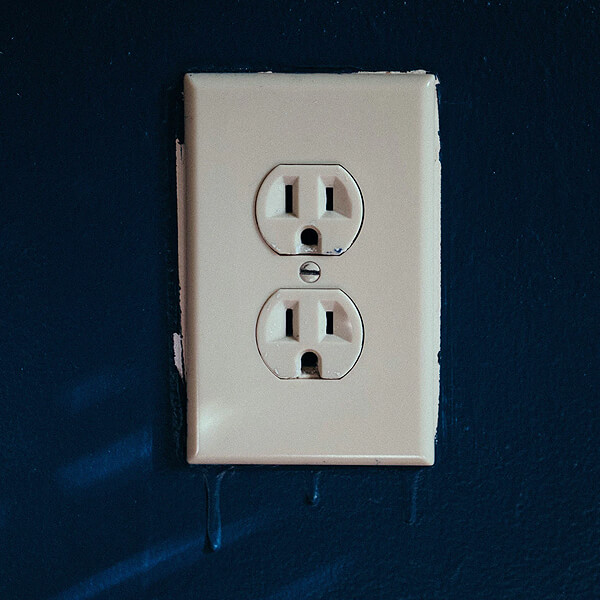
Many heated seats also come with a range of additional features for a truly premium experience. Some have built-in LED lights so that using the toilet at night is a breeze. You don't have to hunt for a switch or be disturbed by bright lights.
The bidet is also a common feature in most heated seats. A bidet is like a shower for your buttocks. With the press of a button, a jet of water sprays out from the back portion of the seat, cutting your clean-up time in half. The speed and temperature of the water can be controlled.
How to Measure Toilet Seats
If your toilet seat is broken, worn out or stained, follow these simple steps before you look for a new seat:
- Look at the toilet bowl and locate the bolts to which the seat is attached. Now measure the distance between the bolts. In the USA the standard distance is 5.5 inches.
- Now measure the length of the bowl. This can be achieved by placing the measuring tapes between the bolts and pulling it straight down till the outer ring of the bowl.
- Once you've figured out the length, you need to measure the width. For accurate results, use the outer rim on each side of the bowl as a marker.
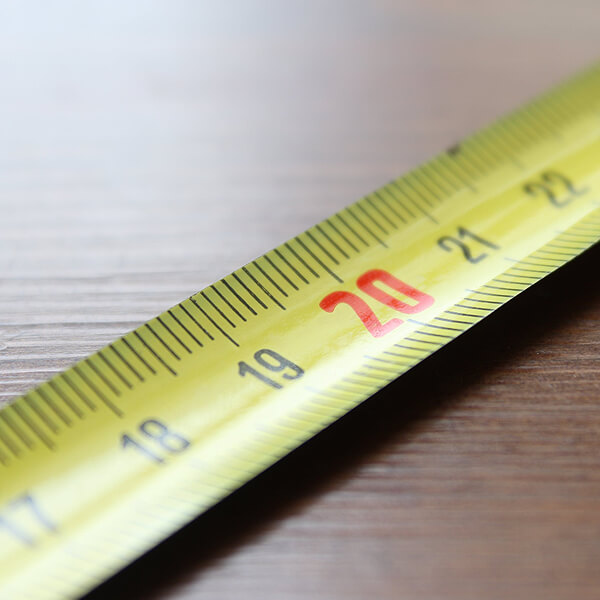
- If you're on the lookout for a premium seat, you'll also need to measure the distance between the center of the bolts and the bottom of the flush tank.
- If you're confused about whether you should get a rounded seat or an elongated seat, go back to the length of the toilet bowl. If the length is between 16-17 inches, you need a round bowl and if it's is between 18-19.5 inches, you need an elongated seat.
Why Do Wooden Toilet Seats Stain?
Stains on wooden seats can occur for several reasons:
- Bleach: While bleach is a fantastic cleaning agent, it is also extremely harsh. Using it on wood can lead to extreme discoloration.
- Cleaning Powder: Powders like Ajax can be used on tiles, porcelain and grills but cause great damage if they are used on wood because it is a porous material and absorbs all the chemicals.
- Moisture: If you allow the seat to be wet for too long, water will seep into the wood and damage it. Wood can rot very fast if exposed to too much moisture.
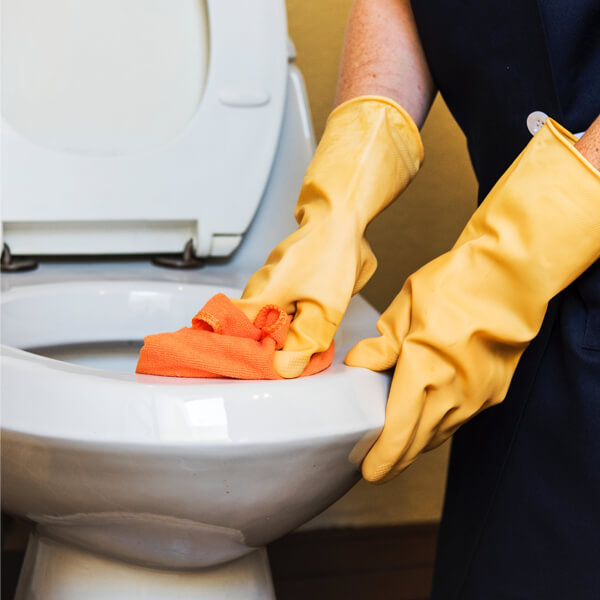
Once a stain develops on a wooden seat, it is next to impossible to remove it. Wood can also very easily develop scratches and cracks which become breeding grounds for bacteria. Use dish soap or a mild hand soap mixed with water to wipe the seat down. Once you are finished cleaning, make sure you dry the area thoroughly.
Now that you've got all the information, you can feel confident about making your next purchase!






























